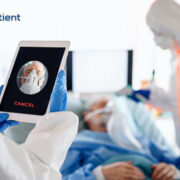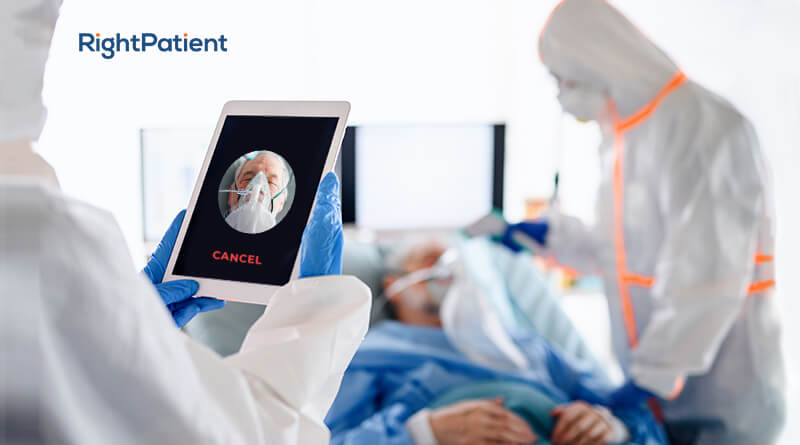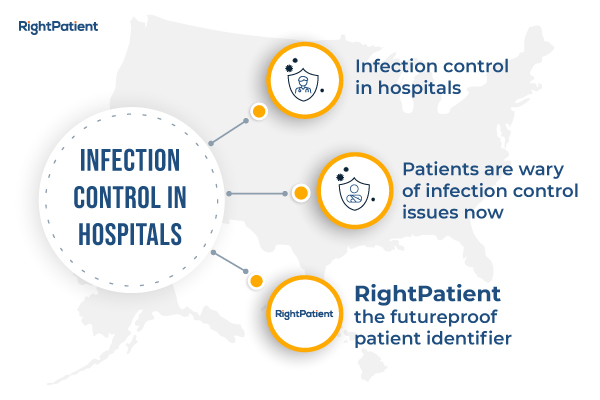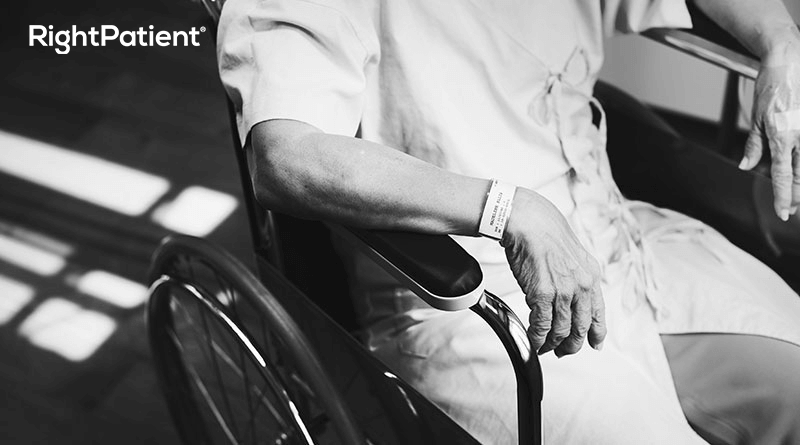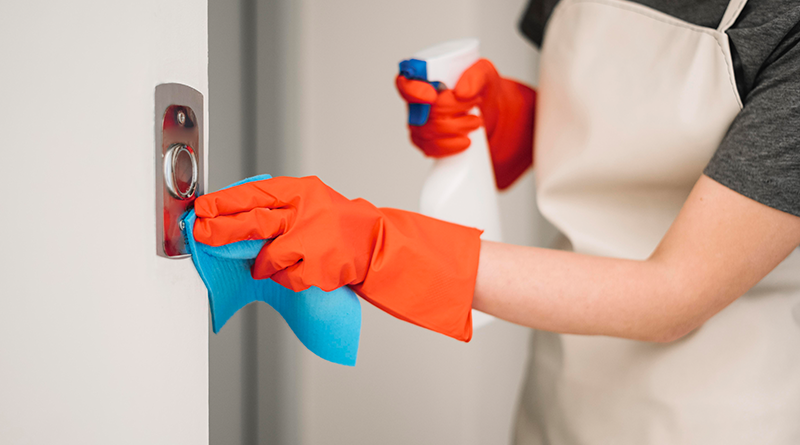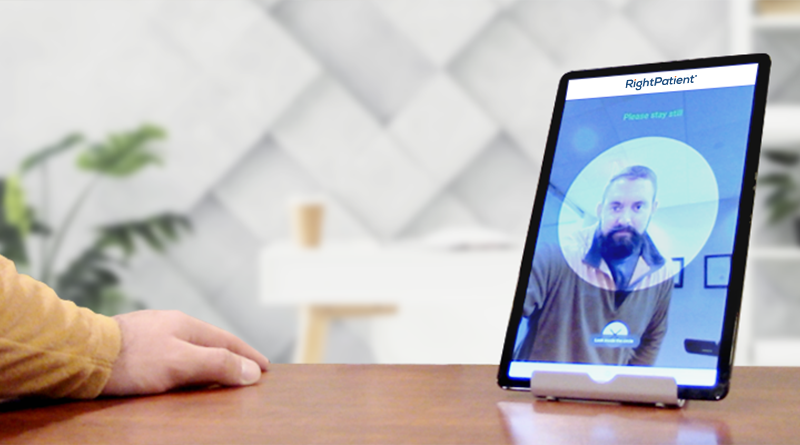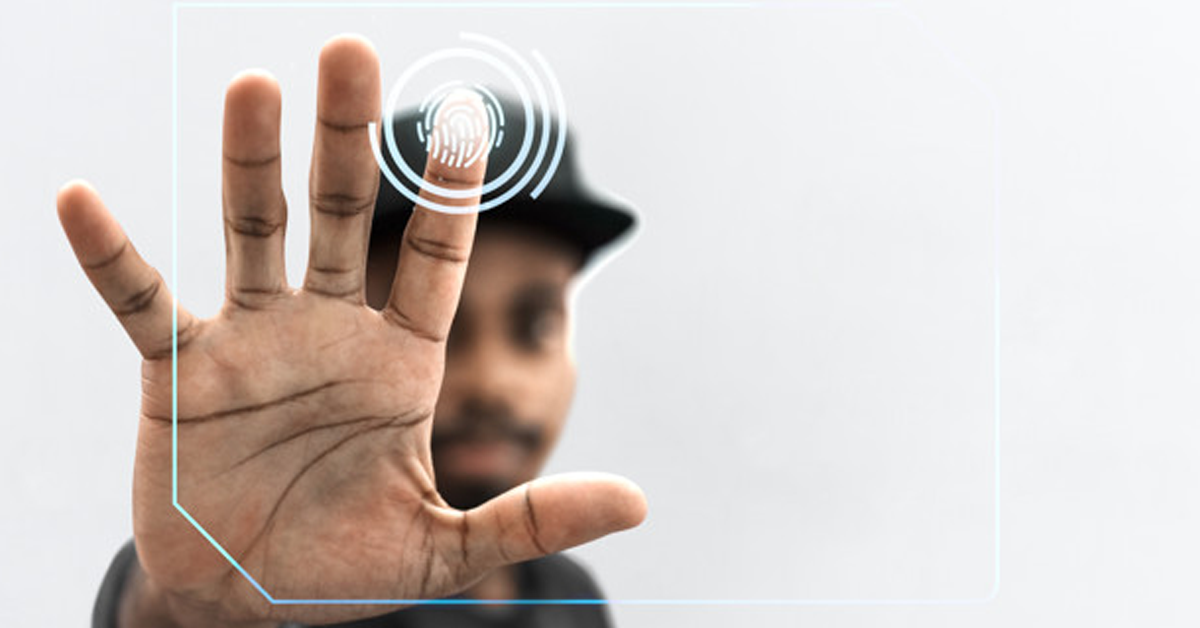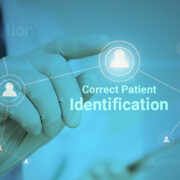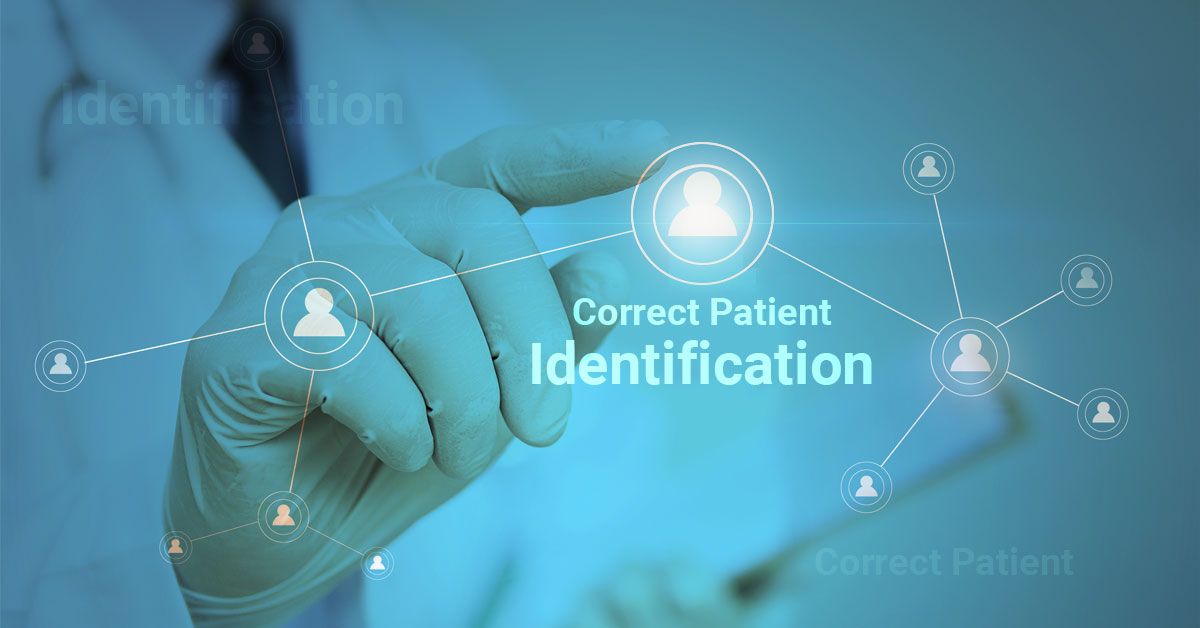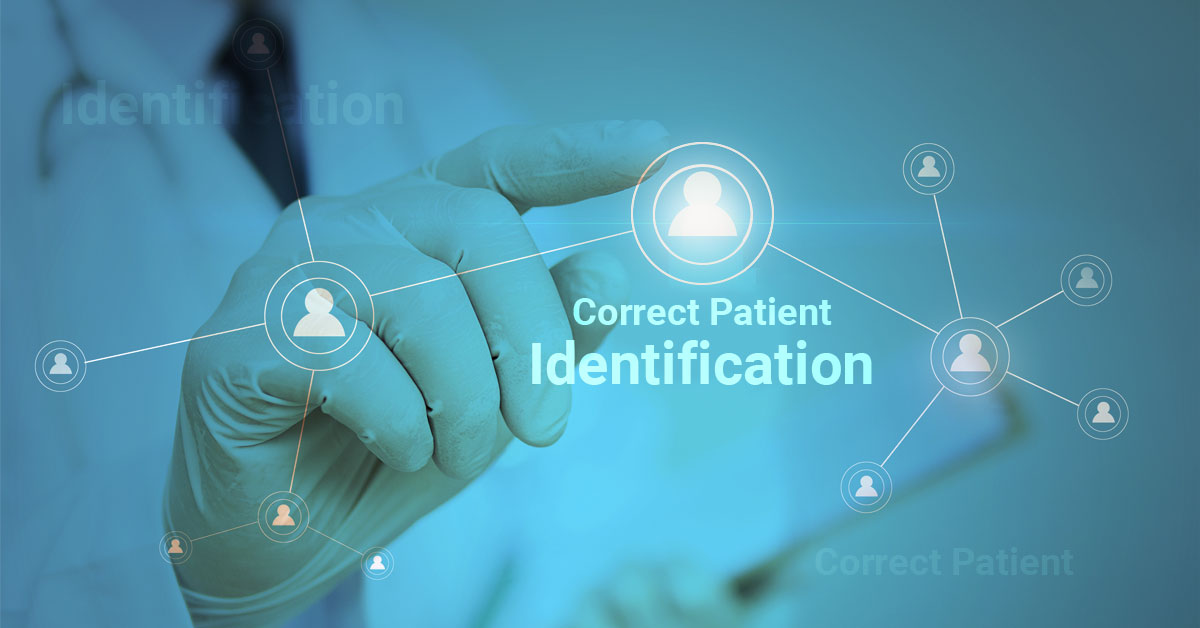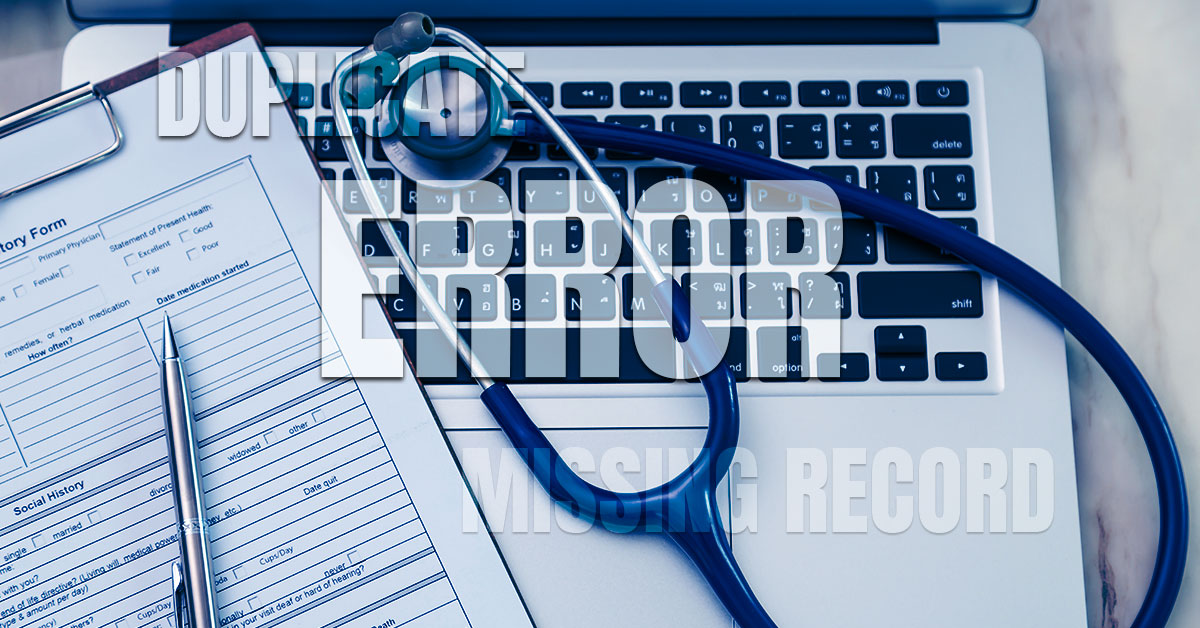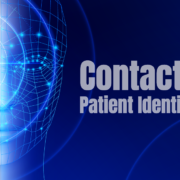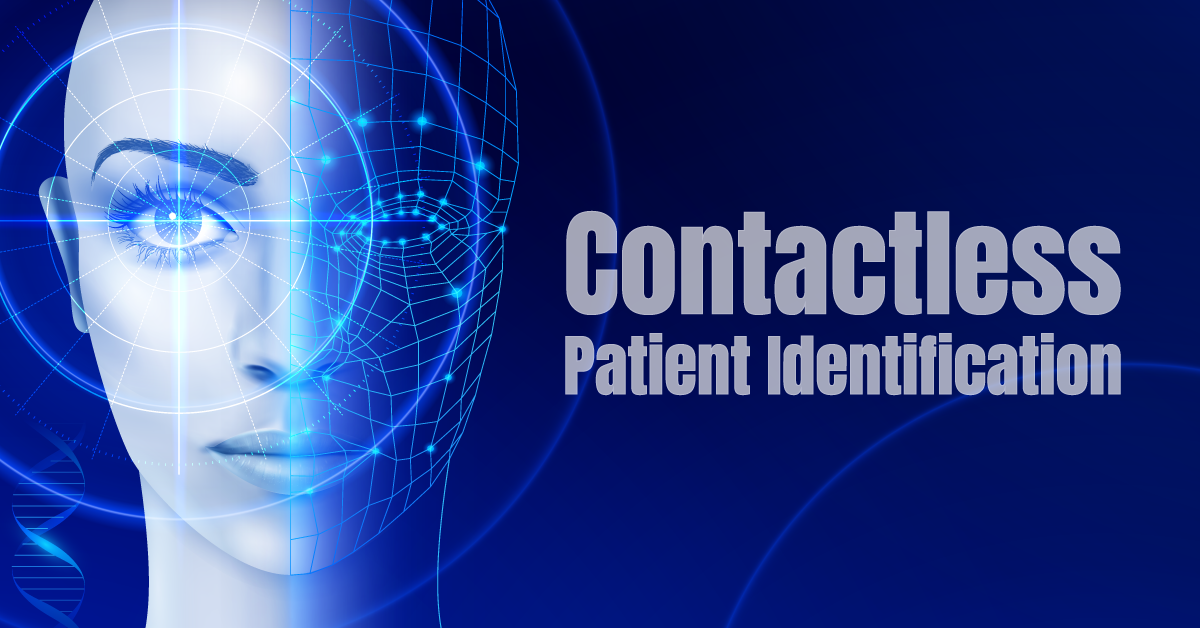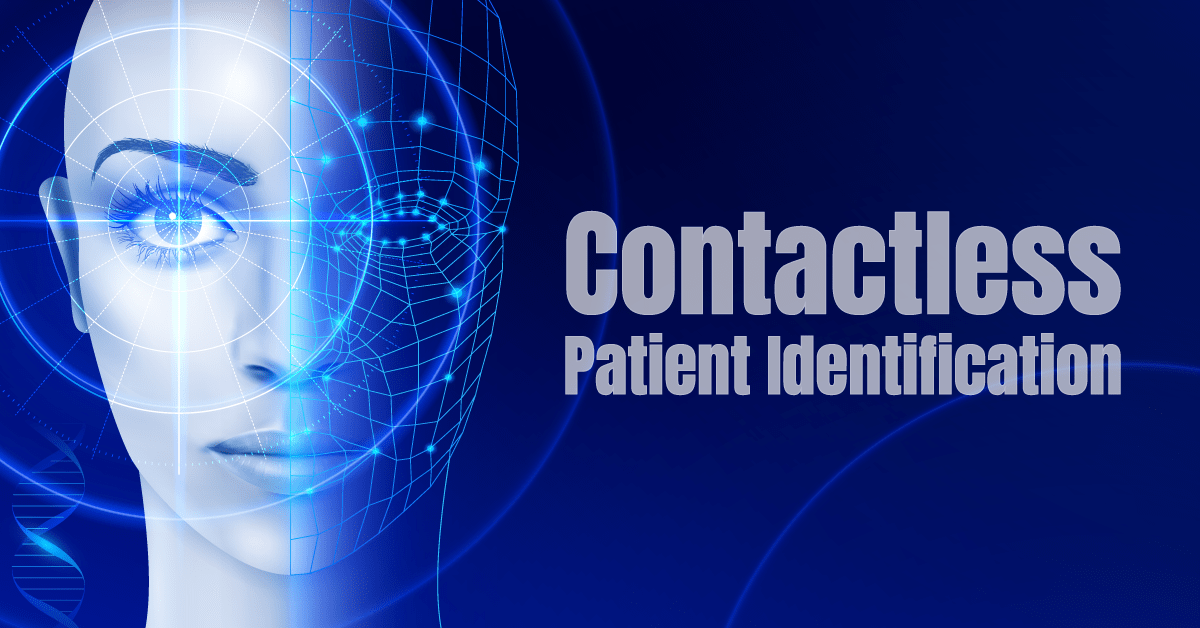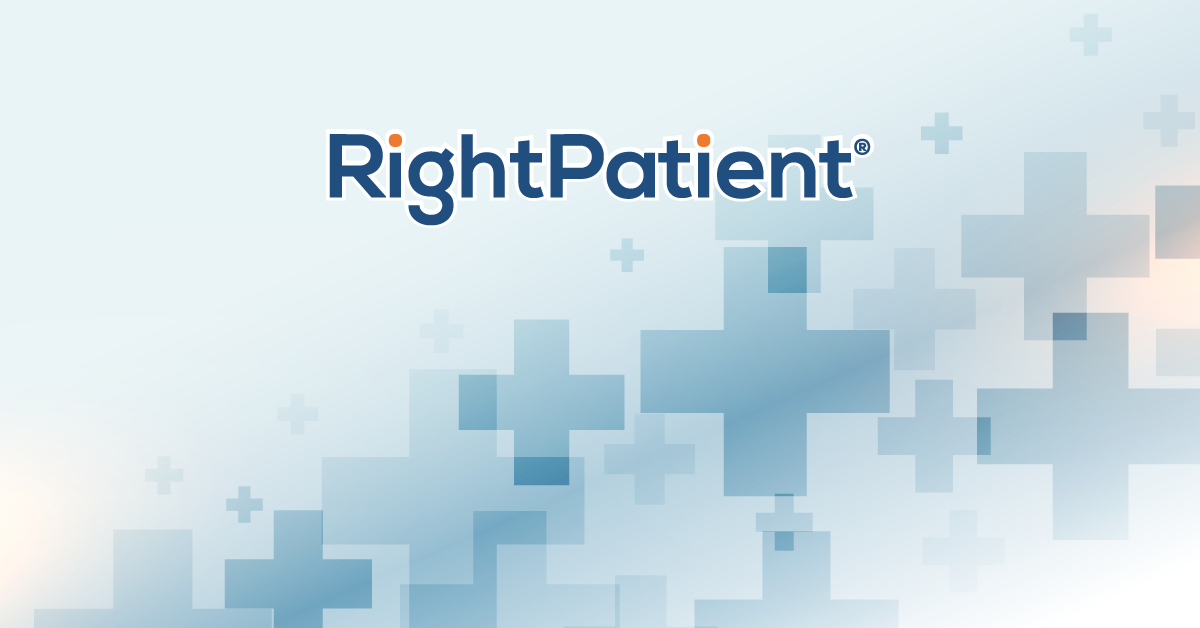A Futureproof Patient Identification Protocol Can Help Mitigate Providers’ Losses

COVID-19 has been one of the biggest catastrophes to hit the world in modern times. There is literally no aspect of our lives it didn’t affect. Unfortunately, it will continue to affect us – experts are saying that the second wave is already here in the US. However, healthcare providers are still reeling from the ongoing surge of COVID-19 patients as well as the unprecedented losses faced due to the pandemic. With hospitals and health systems having to make hard choices like laying off employees, introducing pay cuts, and furloughing employees, is there any way to mitigate the losses? Yes, there are many, but the most sensible choice for providers would be to adopt a futureproof patient identification protocol like RightPatient. Let’s explore further.

Hospitals expected to lose $323 billion in 2020!
And that is apparently an understatement. Losses might even exceed $323 billion, depending on the inevitable surges during the rest of the year as well as the increasing number of cases in some specific states.
The breakdown
During the final half of the year 2020, hospitals are set to lose at least $120.5 billion, especially due to lower inpatient visits, whereas an estimated $202.6 billion has been lost between March and June, according to AHA.
COVID-19 has affected all industries in the US, but its healthcare system is clearly the one it hit the worst – $323 billion is no small number. Since the pandemic started, hospitals had to reprioritize to deal with the surge of COVID-19 patients. Healthcare providers canceled elective procedures and non-COVID-19 patients were advised to use telehealth, reducing inpatient visits and leading to most of the financial losses.
Moreover, COVID-19 is causing hospitals to face higher expenses. PPE and ventilators, for instance, were not used as extensively prior to the pandemic. As previously mentioned, providers had to lay off employees, furlough them, or reduce their salaries, while others were even forced to close down due to the financial strain. Let’s look at some of the recent victims.

Some recent victims
BRMC (Bluefield Regional Medical Center) will be permanently closing down by July 30th, 2020. Financial damages due to the pandemic, lower patient volumes, and reimbursement rates were contributing factors that forced the officials to make this tough decision.
Saint Luke’s Health System will permanently close the doors of its Cushing Hospital in Kansas on October 1st, after closing down its inpatient unit on July 17th – another victim of COVID-19.
HealthPartners will shut down seven clinics and has stated that it will lay off 200 employees at two of those seven facilities. This, too, is because of the financial pressure brought by the pandemic.
Suffering from financial challenges tied to the pandemic, UW Medicine will lay off 100 employees. This comes after it has already furloughed 4000 unionized employees and 1500 non-union ones. It has also received around $180 million in provider relief funding, but sadly, it looks like that will not be enough to offset the damages caused by COVID-19.
These are just some of the numerous cases that show the effects of the coronavirus pandemic on healthcare providers and how the pandemic is forcing them to make tough choices. Sadly, we are only halfway through this pandemic-driven year – we do not know what’s in store for us.
Healthcare providers need to reduce costs significantly in order to survive this challenging phase – perhaps the most challenging one they have ever faced. So, is there anything that can help them mitigate their costs?
An effective patient identification protocol can help
While healthcare providers are searching desperately for ways to reduce their costs, they can do so by preventing medical identity theft, avoiding duplicate medical records, and preventing patient identification errors. All they need to do is upgrade their patient identification protocol.
Before doing that, healthcare providers need to evaluate their current patient identification protocols.
-
Is it ensuring accurate patient identification across the care continuum?
-
Is it preventing medical identity theft?
-
Is it preventing duplicate record creation?
-
Is it ensuring a hygienic environment for patients and employees?
-
Does it have a high acceptance rate among patients?
-
Is it futureproof?

If even one of the answers to the questions listed above is no, then providers seriously need to upgrade their patient identity matching systems within their facilities. This is where RightPatient can help hospitals and health systems to reduce their losses and improve patient identification.
Achieve accurate patient identification with RightPatient
RightPatient is a photo-based patient identification platform that checks all the boxes for being an effective patient identifier. During registration, the platform locks the medical records of the patients with their photos. Returning patients simply look at the camera and are identified by the platform within seconds – providing the EHR user with accurate medical records. It also prevents medical identity theft, as fraudsters are red-flagged when they face the robust verification process.
RightPatient prevents duplicate record creation, reduces denied claims, and prevents avoidable medical errors in the process to enhance patient safety.
Even before the pandemic, responsible healthcare leaders chose RightPatient because its touchless platform eliminated any chances of infection control issues during its usage – something that other conventional patient identifiers do not possess. RightPatient has over 99% patient acceptance rate – it provides a seamless, hygienic, and easy way for ensuring proper identification, improving patient safety and quality of care.
The pandemic requires providers to switch to a touchless patient identifier and reduce healthcare costs significantly – try RightPatient now and experience the difference it makes.





